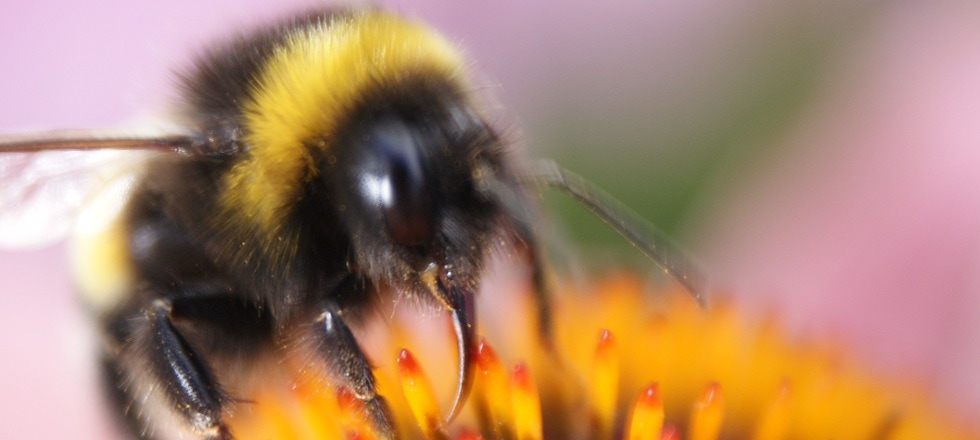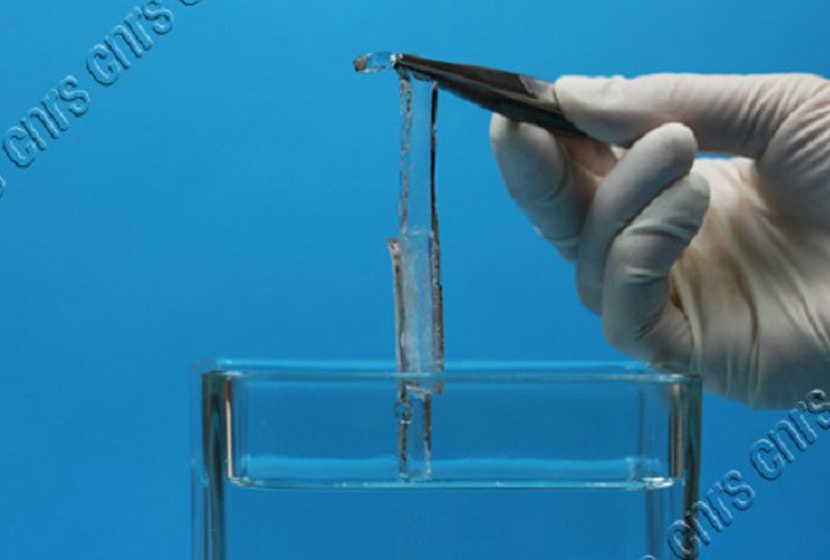The bees have not finished surprising us: their bite contains... a natural anesthetic. This is what a team of Greek and Cypriot researchers has just discovered, in collaboration with the CNRS Evolution, Genomes and Specialization laboratory.
In this work published in the journal PLoS ONE, researchers show that the bite of honey bees (Apis mellifera) contains a compound, 2-heptanone (2-H), which is a natural anesthetic, both effective and very low toxicity. This patented discovery could lead to the production of a local anesthetic with very low toxicity for humans and animals.
Until now, several hypotheses have been put forward concerning the function of 2-heptanone (2-H), a compound naturally present in many foods as well as in insects, but whose anaesthetic properties had never been demonstrated before.
The new results obtained show that 2-heptanone, a molecule secreted by the mandibular glands of bees, paralyses small arthropods bitten by bees for up to nine minutes. Somewhat like a snake to a prey, bees use their mandibles to bite an unwanted object and secrete this substance into the wound to anaesthetize it. They can then eject the intruder out of the hive. This technique is particularly effective against certain predators and parasites that are too small to be stung and killed by the venom. This anesthetic can not only help the bees to repel colony pests such as the wax moth Galleria mellonella and the parasitic mite Varroa destructor, but it can also be used to repel other pests such as the buzzing moth Galleria mellonella and the parasitic mite Varroa destructor. it also has great potential for use in human medicine.
The researchers compared the anaesthetic properties of 2-heptanone with those of lidocaine, one of the most widely used local anaesthetics in the world. Studies conducted on the larva of ringworm and on an isolated rat sciatic nerve preparation showed that their properties were very similar and that they acted in the same way, blocking certain sodium channels. In addition, 2-heptanone was found to be potentially even less toxic than this local anaesthetic. As a natural substance with lower toxicity than conventional anesthetics, 2-heptanone therefore has great potential for use.
(Source: CNRS - November 2012)
{Jacuzzi on}












